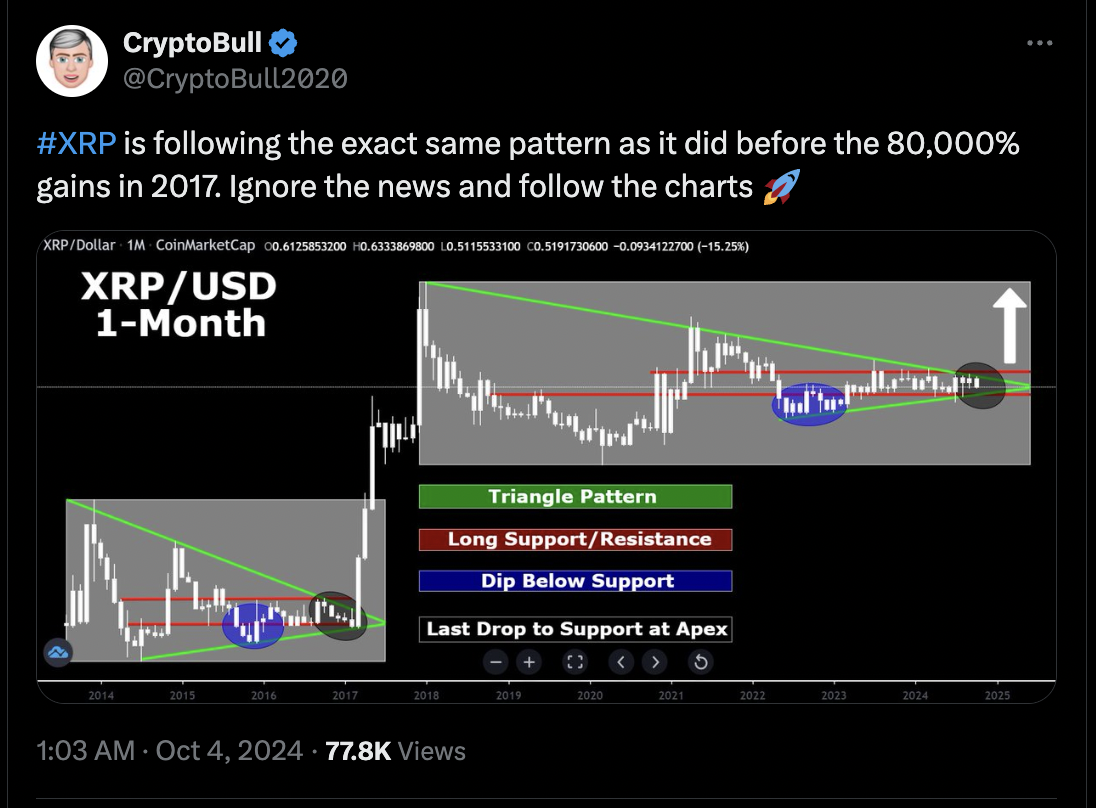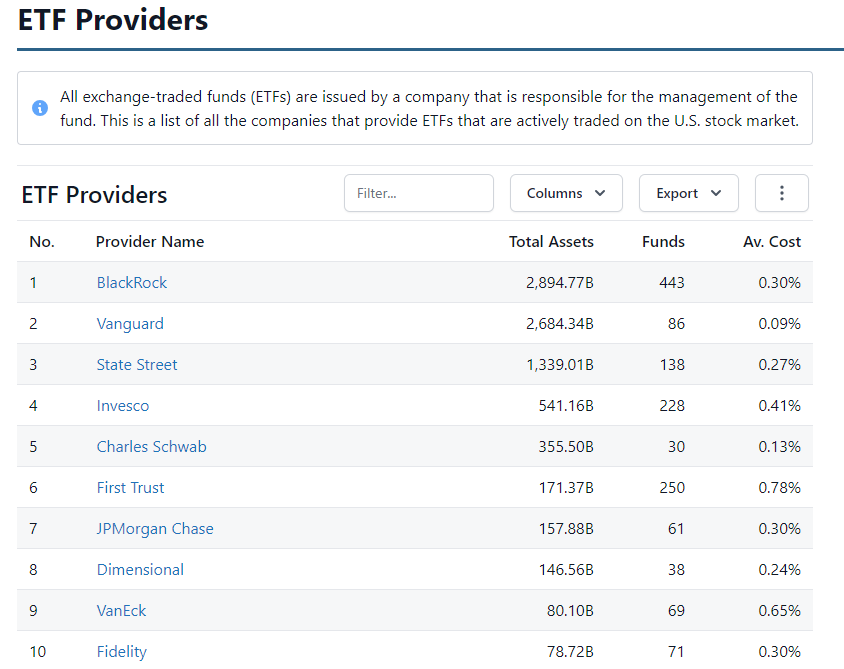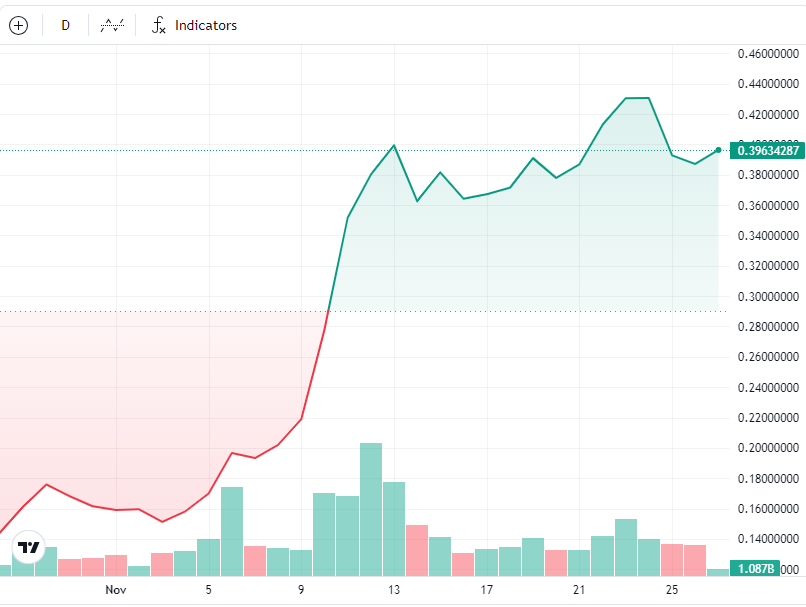
Opinion by: Adam Silver, co-founder and CEO of Plural Energy
Last month, the new administration rolled into Washington, promising to rethink outdated cryptocurrency regulations. The “crypto czar” and new US Securities and Exchange Commission head are still settling into their roles, but aggressive deregulation has been rallying industry support long before November 2024.
Combined with Bitcoin (BTC) hitting a record price and mainstream media recording an uptick in corporate treasuries investing in cryptocurrency, it’s no wonder the sector is celebrating US President Donald Trump’s promise for a crypto-friendly regulatory era.
As an industry, key questions must guide how we take advantage of the regulatory shift: Do we want our industry to be defined by memecoins? Or do we want to build a new financial system that catalyzes change in the sectors that are the backbone of the US economy?
Let’s cut to the chase
A bull market is coming, but that doesn’t mean it has to be a BS one — especially for those hoping to welcome institutional players. When trying to onboard new users, assets and use cases, the biggest challenge has historically been illustrating blockchain’s use cases beyond what people read in headlines. Traditional media often depicts crypto as a Libertarian fantasy gone awry — a world dominated by scams, memes and fraud. Every headline about rug pulls, hacks and prosecutions adds another brick to the wall of skepticism that real-world asset founders have to climb.
When founders struggle to convince industries to build real-world asset use cases onchain, PR firms try to shift perception with simple language changes: blockchain, not crypto; digital shares, not tokens; onchain, not DeFi, but smart contracts. This isn’t just a PR or language issue. It’s a systemic problem that undermines the credibility of a world-changing and industry-shaping technology.
The use case question
The “use case” question becomes more complex as the onchain transaction volume comes more from memecoins. Almost 13 million memecoins were created in 2024, creating a $120-billion market capitalization that’s fun to play while numbers go up but ultimately results in most investors taking losses. Even reputable memecoins are 50 times more volatile than Bitcoin. Many suggest that 30% of memecoins are premeditated rug pulls. Memecoin losses are often concentrated in the pockets of new users, creating a negative feedback loop for onboarding. When new users come onchain and immediately experience a rug pull, it confirms the worst predictions of every crypto naysayer.
Recent: ai16z’s Eliza Labs ships white paper for Web3-native AI agents
Memecoins and non-fungible tokens (NFTs) have their place in our ecosystem, and cultural assets will likely always play a role in portfolios. That said, the real promise of blockchain lies outside of a windowless casino of code, out where the sun is shining. Blockchain’s potential to address systemic challenges in industries such as energy, healthcare and infrastructure by democratizing financial systems, driving transparency and solving real-world problems is expansive.
Reading the room
Political partisanship has the potential to exacerbate these existing challenges. Reading post-election X threads, it’s clear our industry’s echo chamber is finding an increasingly partisan rhythm that alienates so many potential users. Dominant voices spent the fall dunking on colleagues for supporting the Harris-Walz campaign, seemingly planning to sow further partisan division and lessen the industry’s mass appeal. Our industry is at risk if it becomes a political football.
Overcoming these challenges and changing an industry’s reputation is hard, but the only real choice builders have is to show new users, and the outside world looking in, that a bull market doesn’t have to be a bulls–t market.
We need to build use cases that enable the technology to speak for itself and showcase what is remarkable about crypto: DeFi. The work done for years in the decentralized finance (DeFi) ecosystem is finally ready to be applied to real industries that can now access capital and financial products without costly intermediaries. As new users discover returns from products they understand, they’ll stick around, invest more, and co-create new financial products alongside blockchain natives.
As we build, we must be careful about the industry being represented by casino culture alone or letting the loudest and most partisan voices represent us. We need to find a way to embrace and support a crypto-friendly administration without letting this technology and its applications become a partisan issue. When blockchain achieves mainstream adoption, it must be authentic and represent and serve everyone.
In other words, how about a bull market without the s–t this time? WAGMI.
Opinion by: Adam Silver, co-founder and CEO of Plural Energy.
This article is for general information purposes and is not intended to be and should not be taken as legal or investment advice. The views, thoughts, and opinions expressed here are the author’s alone and do not necessarily reflect or represent the views and opinions of Cointelegraph.
Opinion by: Adam Silver, co-founder and CEO of Plural Energy
Last month, the new administration rolled into Washington, promising to rethink outdated cryptocurrency regulations. The “crypto czar” and new US Securities and Exchange Commission head are still settling into their roles, but aggressive deregulation has been rallying industry support long before November.
Combined with Bitcoin (BTC) hitting a record price and mainstream media recording an uptick in corporate treasuries investing in cryptocurrency, it’s no wonder the sector is celebrating and lauding US President-elect Donald Trump’s promise for a crypto-friendly regulatory era.
As an industry, key questions must guide how we take advantage of the regulatory shift: Do we want our industry to be defined by memecoins? Or do we want to build a new financial system that catalyzes change in the sectors that are the backbone of the US economy?
Let’s cut to the chase
A bull market is coming, but that doesn’t mean it has to be a BS one — especially for those hoping to welcome institutional players. When trying to onboard new users, assets and use cases, the biggest challenge has historically been illustrating blockchain’s use cases beyond what people read in headlines. Traditional media often depicts crypto as a Libertarian fantasy gone awry — a world dominated by scams, memes and fraud. Every headline about rug pulls, hacks and prosecutions adds another brick to the wall of skepticism that real-world asset founders have to climb.
When founders struggle to convince industries to build real-world asset use cases onchain, PR firms try to shift perception with simple language changes: blockchain, not crypto; digital shares, not tokens; onchain, not DeFi; and constantly, smart contracts, smart contracts, smart contracts. This isn’t just a PR or language issue; it’s a systemic problem that undermines the credibility of a world-changing and industry-shaping technology.
The use case question
The “use case” question becomes more complex as the onchain transaction volume comes more from memecoins. Almost 13 million memecoins were created in 2024, creating a $120-billion market capitalization that’s fun to play while numbers go up but ultimately results in most investors taking losses. Even reputable memecoins are 50 times more volatile than Bitcoin. Many suggest that 30% of memecoins are premeditated rug pulls. Memecoin losses are often concentrated in the pockets of new users, creating a negative feedback loop for onboarding. When new users come onchain and immediately experience a rug pull, it confirms the worst predictions of every crypto naysayer.
Recent: ai16z’s Eliza Labs ships white paper for Web3-native AI agents
Memecoins and non-fungible tokens (NFTs) have their place in our ecosystem, and cultural assets will likely always play a role in portfolios. That said, the real promise of blockchain lies outside of a windowless casino of code, out where the sun is shining. Blockchain’s potential to address systemic challenges in industries such as energy, healthcare and infrastructure by democratizing financial systems, driving transparency and solving real-world problems is expansive.
Reading the room
Political partisanship has the potential to exacerbate these existing challenges. Reading post-election X threads, it’s clear our industry’s echo chamber is finding an increasingly partisan rhythm that alienates so many potential users. Dominant voices spent the fall dunking on colleagues for supporting the Harris-Walz campaign, seemingly planning to sow further partisan division and lessen the industry’s mass appeal. Our industry is at risk if it becomes a political football.
Overcoming these challenges and changing an industry’s reputation is hard, but the only real choice builders have is to show new users, and the outside world looking in, that a bull market doesn’t have to be a bulls–t market.
We need to build use cases that enable the technology to speak for itself and showcase what is remarkable about crypto: DeFi. The work done for years in the decentralized finance (DeFi) ecosystem is finally ready to be applied to real industries that can now access capital and financial products without costly intermediaries. As new users discover returns from products they understand, they’ll stick around, invest more, and co-create new financial products alongside blockchain natives.
As we build, we must be careful about the industry being represented by casino culture alone or letting the loudest and most partisan voices represent us. We need to find a way to embrace and support a crypto-friendly administration without letting this technology and its applications become a partisan issue. When blockchain achieves mainstream adoption, it must be authentic and represent and serve everyone.
In other words, how about a bull market without the s–t this time? WAGMI.
Adam Silver is the co-founder and CEO of Plural Energy, an onchain investing platform designed to unlock new sources of capital for the clean energy transition. Before Plural, he ran a product team focused on finance automation at ServiceNow, advised industrial clients on digital transformation at Deloitte Consulting, and helped new ventures navigate their seed series and Series As as an adviser and investor. He attended the University of Chicago Booth School of Business and the University of Pennsylvania.
This article is for general information purposes and is not intended to be and should not be taken as legal or investment advice. The views, thoughts, and opinions expressed here are the author’s alone and do not necessarily reflect or represent the views and opinions of Cointelegraph.



